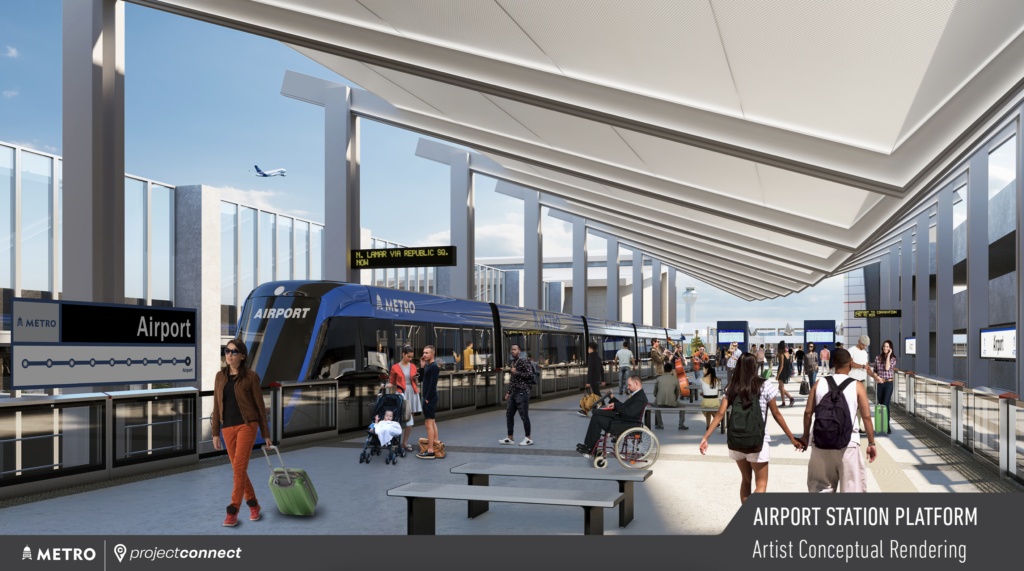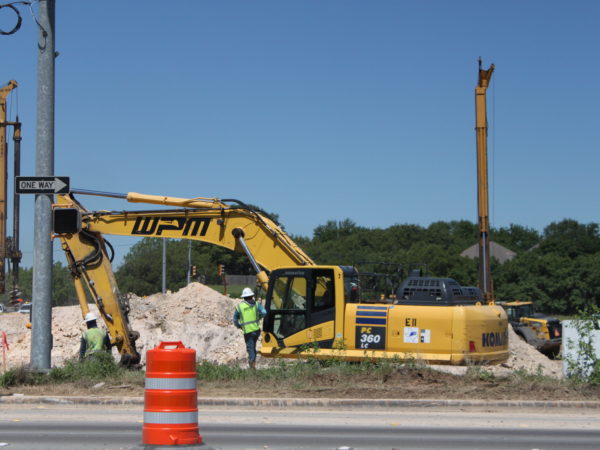(By DANTE DAY)
The price tag for Austin’s voter-approved public transportation plan: $7.1 billion.
Desiree Toutai, a local college student and user of Austin public transportation for two years, thinks it will be worth it.
“Austin is a rapidly growing city and the traffic is becoming worse each year,” the St. Edward’s University student said. “I think that implementing Project Connect would bring convenient alternatives to driving and cut down on the amount of cars on the road. It would also be a lot safer for bikers.”
According to Capital Metro’s Project Connect website, plans call for:
- A new rail system that would serve North and South Austin, the airport, downtown and Colony Park
- A transit tunnel downtown separating rail from traffic to improve on-time performance
- Expanded bus service with an all-electric bus fleet, new routes and on-demand circulators within certain neighborhoods
- Nine new Park & Rides throughout the region with improved connections and new amenities

Questions about the cost of the plan have been raised given the economic impact of the current national pandemic.
A recent article in the Austin American-Statesman points out that business activity in the Austin area “plunged about 77% on an annualized basis in April, according to the Dallas Fed’s Austin Index.”
Yet most Austinites voted for Proposition A on Nov. 3 which gave the city the go ahead to secure the initial round of funding.
Most of the funding from this project, according to the Project Connect website, is coming from an overall local property tax increase of about 4%. For the average homeowner, that amounts to just shy of $300 per year.
As for current use of public transportation in Austin, Capital Metro on their website shows it’s down 54% year-to-year during the pandemic. There has been a steady gain over the last few months as the general populace of Austin has adapted to the new normal. But there is no clear projection on when ridership will get back to pre-COVID-19 numbers of about 3 million riders annually.
As for Desiree, the changes can’t come soon enough.
“I think it’s worth it because they obviously aren’t putting forth money for fixing the roads now,” she said. “They need to create safer roads and safer modes of public transportation for a city like Austin.”




